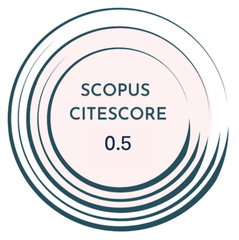Objective: The aim of our study was to investigate the effects of pain-related psychosocial factors such as pain catastrophizing, pain self-efficacy, and kinesiophobia on pain, disability, and quality of life after upper extremity fracture.
Methods: This single-center cross-sectional study included 90 individuals with upper extremity fracture between March and August 2021, with a mean age of 45.00 ± 12.63 years. Data were collected with the Demographic Information Form, Quick Disabilities of the Arm, Shoulder, and Hand Questionnaire (QuickDASH), Tampa Kinesiophobia Scale (TKS), Short Form McGill Pain Questionnaire (SF-MPQ), Short Form-12 (SF-12) Quality of Life Questionnaire, Pain Self-Efficacy Questionnaire (PESQ), and Pain Catastrophizing Scale (PCS). Multivariate regression analysis was used to examine the effects of psychosocial factors on outcomes.
Results: Pain catastrophizing, of pain and quality of life; pain self-efficacy, of disability and quality of life; and kinesiophobia, of all outcomes were found to be significant predictors (P < .001). Higher pain catastrophizing scores predicted increased pain and decreased quality of life (SF-MPQ, R2 = 0.446; SF-12, R2 = −0.616) higher pain self-efficacy scores predicted increased disability and quality of life (QuickDASH, R2 = −0.662 SF-12, R2 = 0.376), and higher kinesiophobia scores predicted increased pain, extent of disability, and quality of life (SF-MPQ, R2 = 0.276; QuickDASH, R2 = − 0.391; SF-12, R2 = −0.229).
Conclusion: The findings of the study support an approach with a biopsychosocial perspective that explains the possible contributions of ineffective coping strategies such as kinesiophobia and pain catastrophizing on pain intensity and extent of disability after upper extremity fractures.
Cite this article as: Şimşek D, Kaya Ciddi P. Pain catastrophizing, pain self-efficacy, and kinesiophobia effects on outcomes after upper extremity fracture. Arch Health Sci Res. 2023;10(1):17-21.


.jpg)


